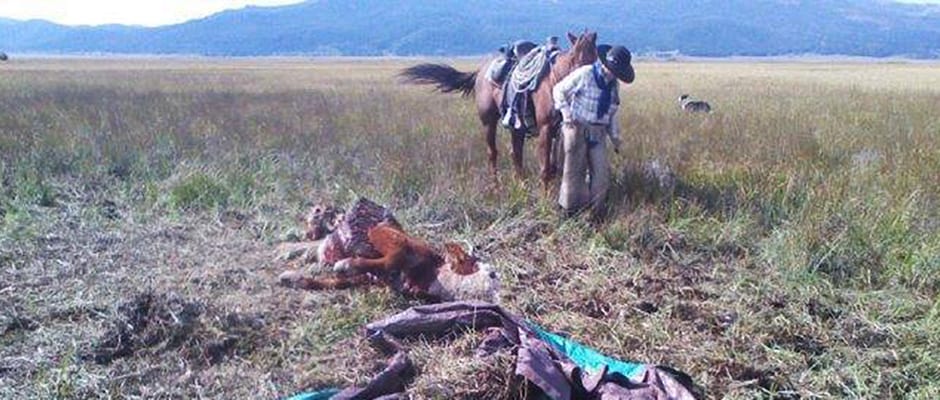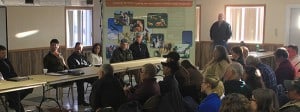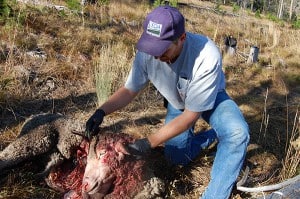Share this article
Nonlethal Management of Predator Damage
The United States Department of Agriculture’s (USDA) Wildlife Services (WS) program in Montana recently co-sponsored a workshop, Non-lethal Predator Damage Management, in Dillon, Montana. Bringing producers together during this season was an efficient way to reach a large audience with information about locally appropriate protection methods. WS is committed to resolving predation problems in a way that supports the program’s public trust responsibilities while assisting farmers and ranchers.
Wildlife is a valued natural resource collectively owned by the people and managed in trust for them by a variety of government agencies. Predation management is a shared responsibility among producers and government agencies, with WS tasked with resolving damage issues.
WS often provides information to individual producers, who typically employ nonlethal strategies such as fencing and protection animals to reduce livestock vulnerability. Dillon and the surrounding area are known for large-scale cattle production in a predator-rich environment. Local predators include wolves, grizzly bears, black bears, mountain lions, and coyotes. Thus, producers were especially interested in sessions on carcass composting and methods to establish that service. Discussions of different range-rider programs, depending on size of the herds and properties, were also valuable.
Federal and State wildlife agencies, including Wildlife Services, manage wolf and grizzly bear damage in the Northern Rocky Mountain region. Wildlife Services typically is asked to conduct predator removal when necessary and when nonlethal methods are ineffective or inapplicable. Relationships among various agencies, stakeholders and producers are, and will continue to be, critical as predation-related problems continue to increase along with expanding gray wolf and grizzly bear populations.
Workshops, such as this one, help the realization that an integrated wildlife damage management approach, which employs a variety of methods, is typically the most successful. Appreciating there is no single protection strategy, producers and other stakeholders can maintain a tolerance for the challenges faced in developing a landscape that allows for coexistence of predators and livestock.
Montana State University Cooperative Extension in Beaverhead County co-sponsored this workshop. Additional sessions are being planned with adjusted topics depending on the area’s agricultural resources and predators.
Wildlife Services, through the National Wildlife Research Center, continues to research and develop non-lethal strategies for varied wildlife damage situations. Forums like this workshop can share information on the effectiveness and limitations of non-lethal management resources with producers and other stakeholders as they are developed.
Header Image: Image Credit: USDA Wildlife Services










